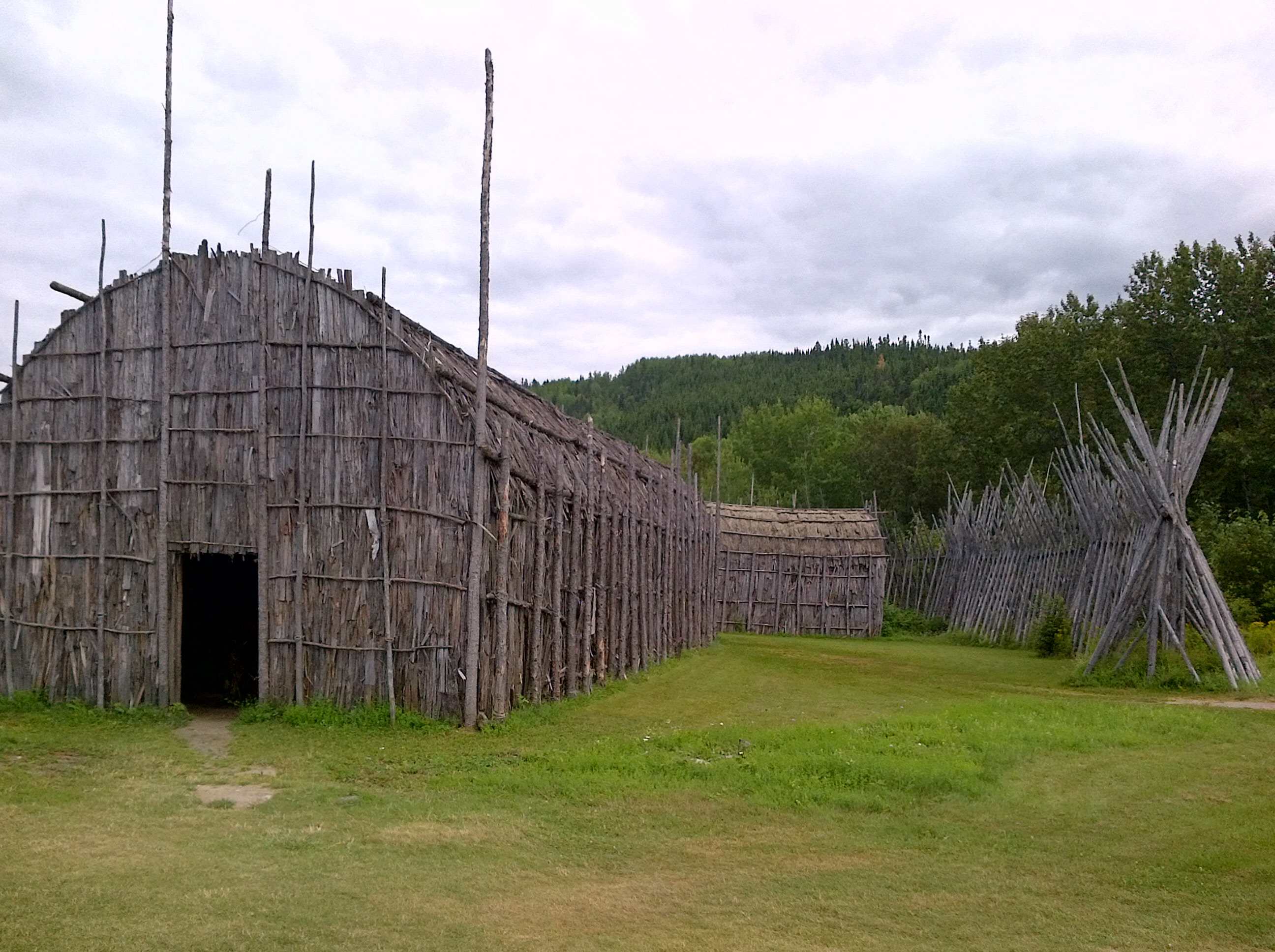Foreground digital painting of character i-Aten Elena drawn © Amanda Grace Shu 2016. Background image source credit to Frank Vincentz via Wikimedia Commons.
It's
time to introduce you to a new character in the Kevarya
Universe, one completely unrelated to the Royal Family with
which A
Winter's Ball was
so concerned. Their name is i-Aten Elena, or just Elena, and they
provide the first hint of magic at
play.
Now
a note about Elena. Elena is what's known as genderfluid,
a term which may trip up some people. Genderfluidity, according
to Genderfluid
Support, can be defined as "the
feeling of fluidity within your gender identity; feeling a different
gender as time passes or as situations change; not restricted to any
number of genders." Elena uses singular they pronouns (they/them/theirs). Is this grammatically correct? Yes, of course it is. The singular "they" was even named the American Dialect Society's Word of the Year in 2015. Pronouns have changed from plural to singular before, and since language itself is constantly changing, the idea of what is grammatically correct is rather, shall we say... fluid. Like gender. Or, for example, the nature of Time Itself.
Speaking of which...
Prophecy






